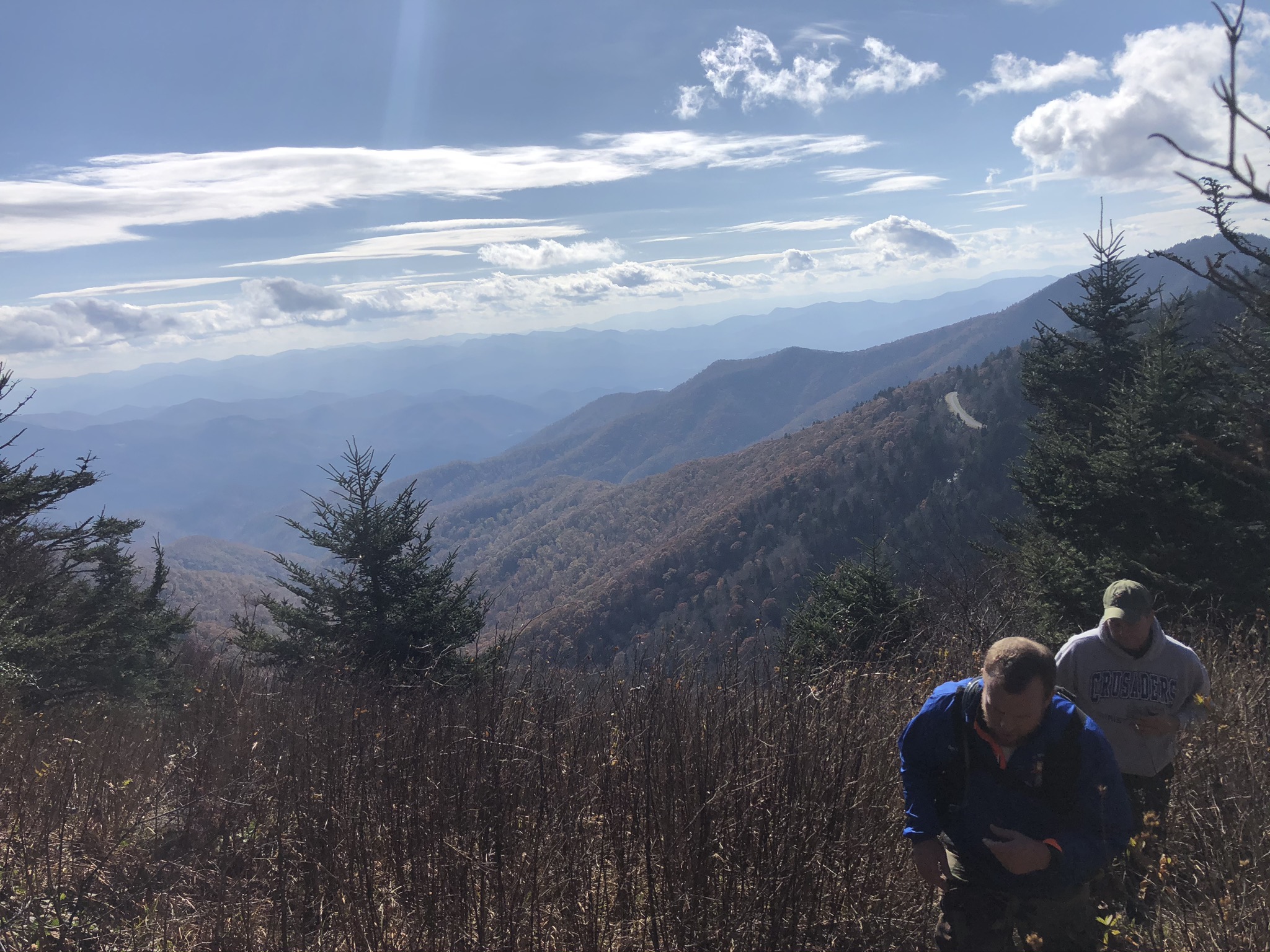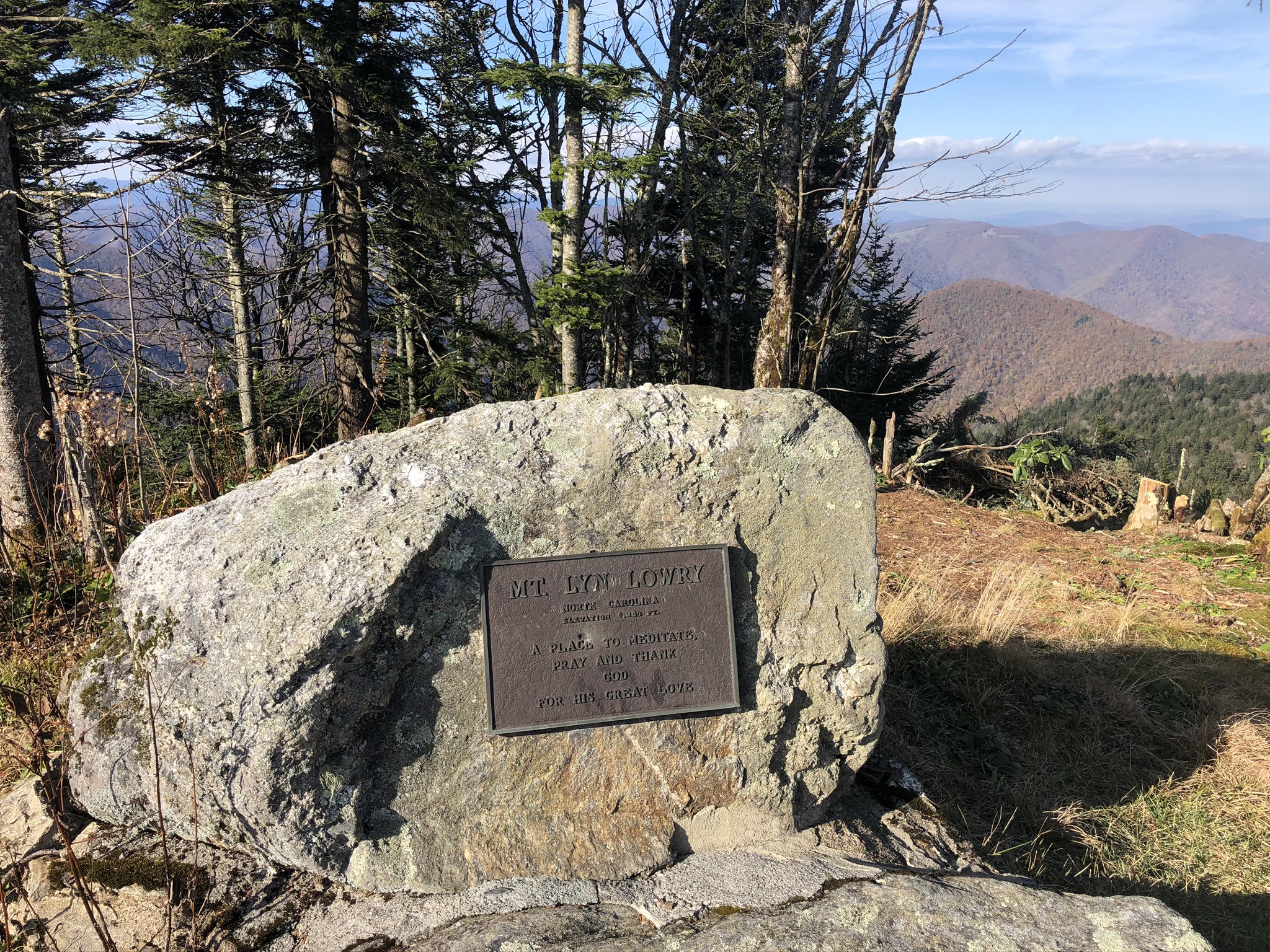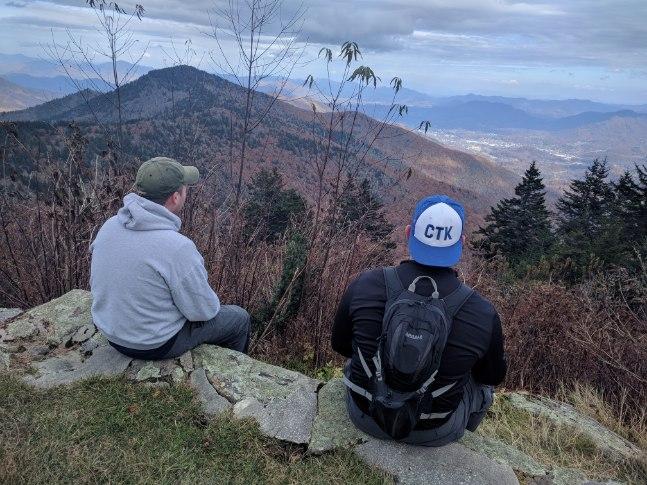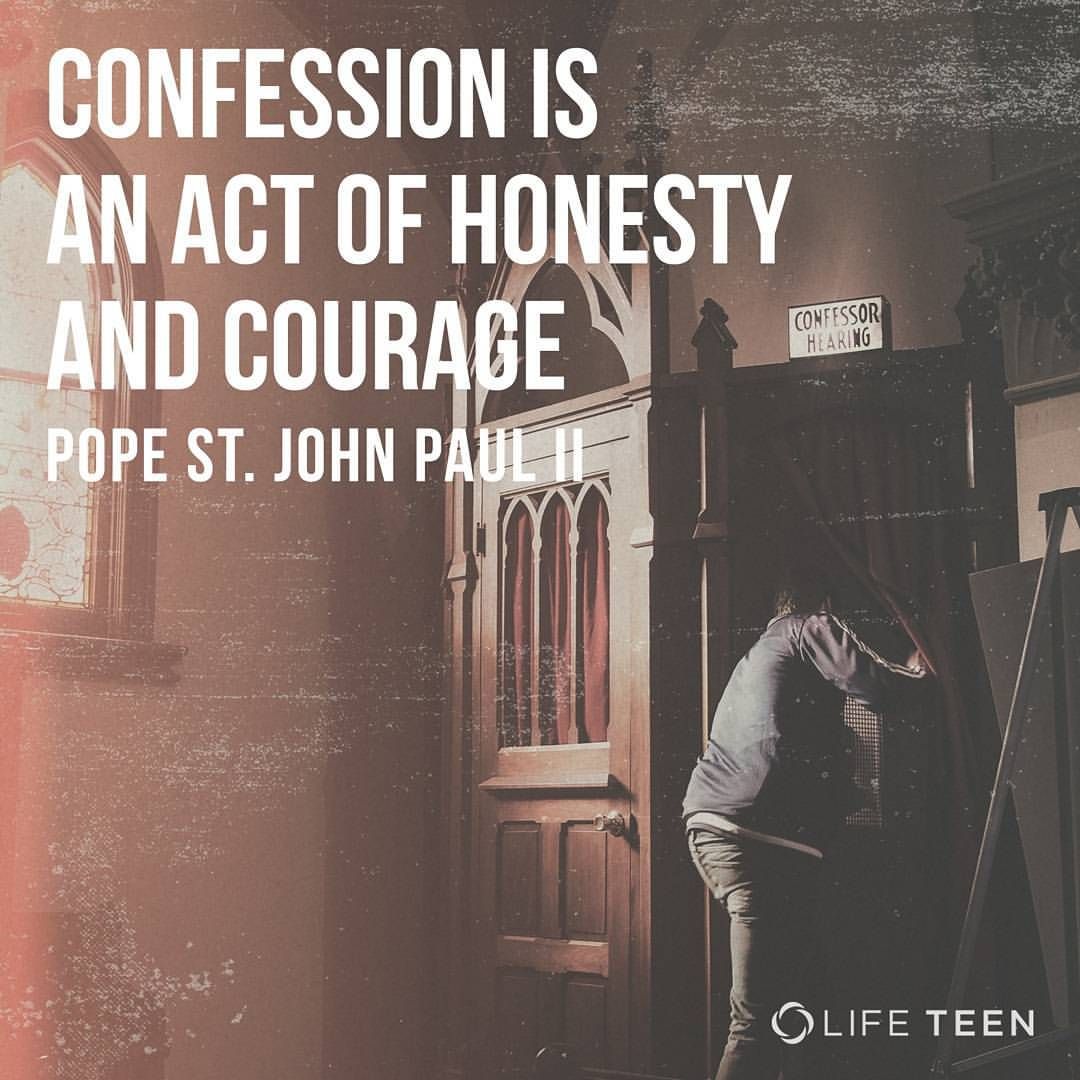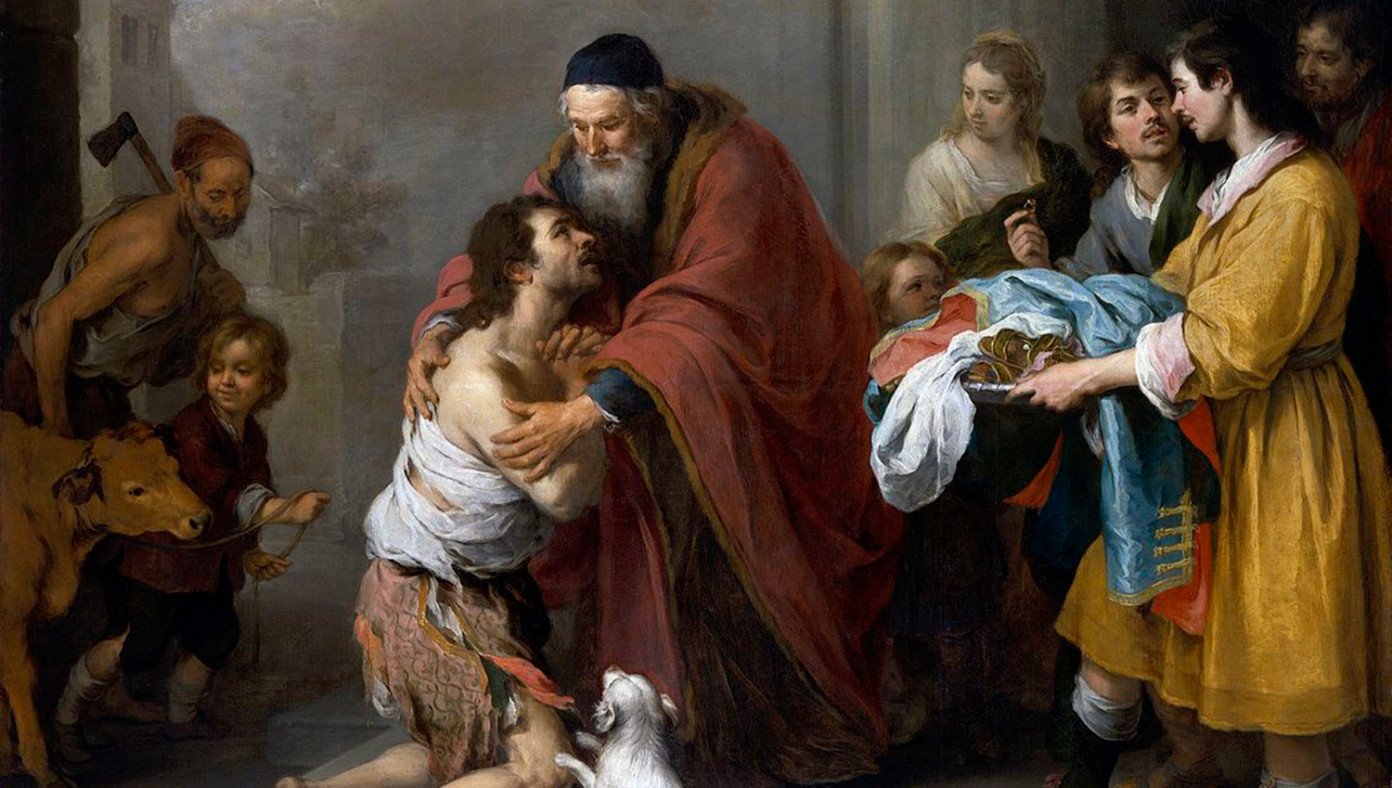
Greetings, everyone!
I hope you all have had a good week and are staying warm with this new arctic blast settling in over Haywood County. This past Tuesday on my day off, I hiked to Mt. Lynn Lowry with Fr. John Eckert (pastor, Sacred Heart, Salisbury) and Fr. Casey Coleman (pastor, St. Mary’s, Sylva). It was an awesome hike that I’d like to recommend to everyone, but can’t in good conscience given its difficulty!
If you’re not sure where Mt. Lynn Lowry is, it is where the illuminated Cross, visible at night to our west, is located. The trail is an offshoot of the Waterrock Knob trail off the Blue Ridge Parkway and follows the Plott Balsam Ridge for 6 miles out and back. I don’t think I’ve ever done a hike that strenuous, but it was worth the views and lessons learned for to the spiritual life! Check out some of the pictures at the end of this post.
Last week in my post about Humility and the Sacrament of Confession, I mentioned I would cover the Scriptural and Traditional evidences for the Sacrament. For us as Catholics, it’s important for us to understand that we hold fast to the pillars of Sacred Scripture and Sacred Tradition.
Why? Well, the bible as we know it was not collected/compiled until the 4th Century. Until then, the Faith, along with the Church’s Traditions, was passed on through oral instruction and through the letters written to early Christian communities (Corinth, Galatia, Ephesus, Philippi, etc.) that had been approved by the early Church. Scripture itself tells us that Tradition must be held on to and not rejected (2 Thess. 2:15), so we look to both as to what living out our Faith is to look like.
Until the time of Christ, the forgiveness of sins was something reserved to God—meaning the pardoning of the eternal consequences of sin vs. someone forgiving another for offending them. Jesus Christ, being fully God and fully Man, passed that authority on to His Apostles, the first bishops and priests of the Church: “Jesus said to them again, ‘Peace be with you. As the Father has sent me, so I send you.’ And when he had said this, he breathed on them and said to them, “Receive the holy Spirit. Whose sins you forgive are forgiven them, and whose sins you retain are retained” (Jn 20:21-23).
This reconciling of souls to God was to be one of the roles of the new Priesthood instituted by Christ. Priests of the Old Covenant would offer atonement sacrifices for sin that were brought to them by the faithful. However, with the Priesthood of the New Covenant, priests would now forgive sins with Christ and His divine authority. For as St. Paul wrote in 2 Corithians 5:18, “Christ reconciled us to Himself and gave us [(priests of the New Covenant)] the ministry of reconciliation.”
For a much fuller treatment of the Sacrament of Confession I encourage you to take a look at THIS tract from Catholic Answers. THIS video from Catholic Answers also does a great job connecting the Old Covenant Priesthood with the New Covenant, so check it out.
If it’s been a while since you’ve been to Confession, don’t wait. The “ministry of reconciliation” was established by Christ to reconcile, to reunite souls that had been separated from God because of sin, and it continues to do so today through our priests. When like the Prodigal Son we repent, confess and convert, Mercy is ours for the taking. Don’t wait. I hope to see you there soon.


